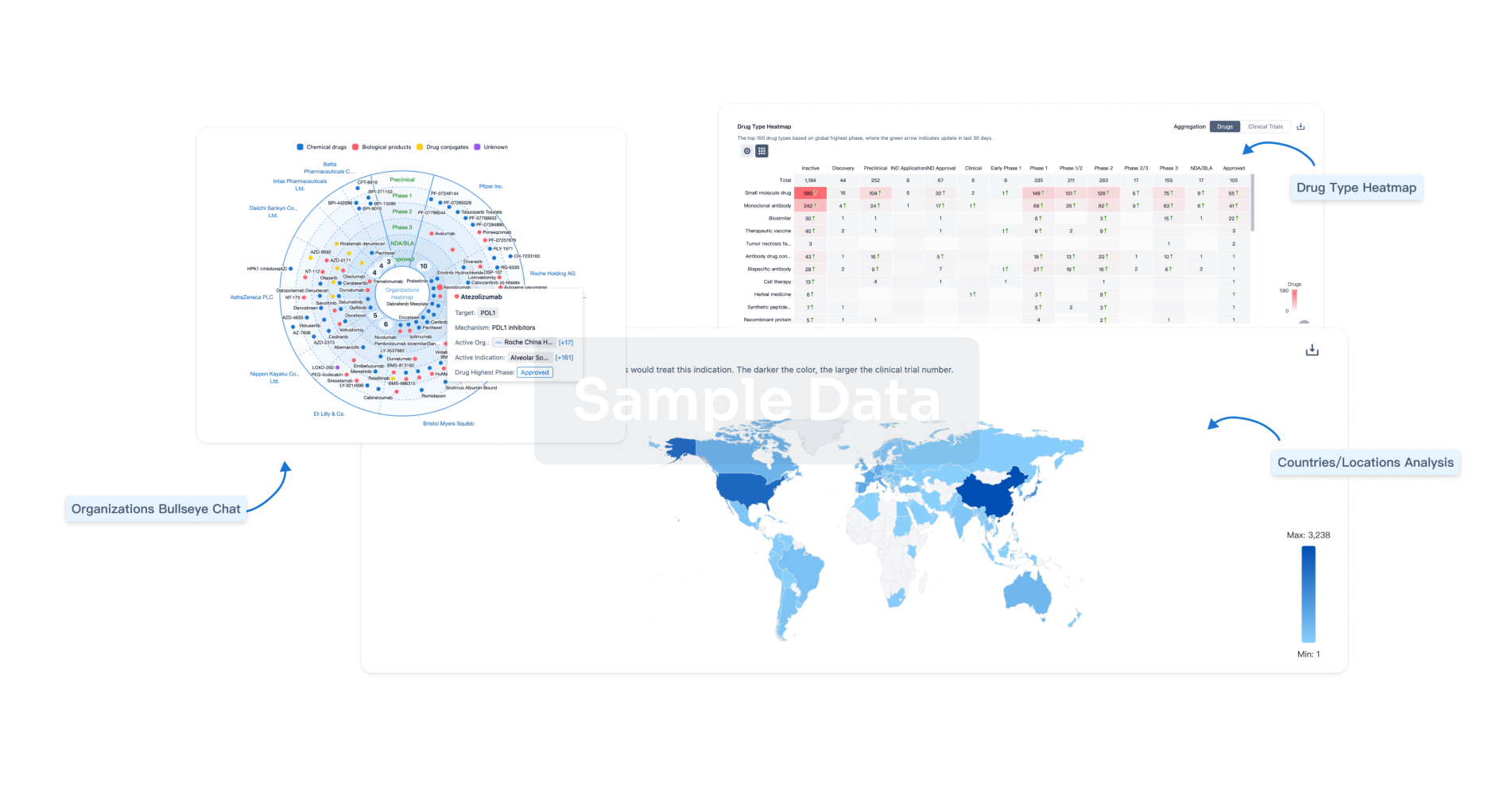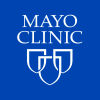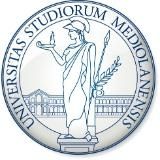Request Demo
Last update 08 May 2025
Transplanted Lung Complication
Last update 08 May 2025
Basic Info
Synonyms Complication of Transplanted Lung, Complication of transplanted lung, Complication of transplanted lung (disorder) + [10] |
Introduction A disease or disorder that is associated with a transplanted lung. |
Related
2
Drugs associated with Transplanted Lung ComplicationTarget |
Mechanism ROCK1 inhibitors [+1] |
Originator Org. |
Active Indication |
Inactive Indication |
Drug Highest PhaseApproved |
First Approval Ctry. / Loc. United States |
First Approval Date16 Jul 2021 |
Target |
Mechanism p75NTR agonists |
Active Org. |
Originator Org. |
Active Indication |
Inactive Indication- |
Drug Highest PhasePhase 2 |
First Approval Ctry. / Loc.- |
First Approval Date20 Jan 1800 |
61
Clinical Trials associated with Transplanted Lung ComplicationNCT06770023
A Pilot Study of Transseptal ECMO With the Protek Solo Cannula in Lung Transplant Candidates With Right Heart Failure From Pulmonary Hypertension
The purpose of this study is to determine if transseptal extra-corporeal membrane oxygenation (ECMO) can bridge pulmonary hypertension- right heart failure (PH-RVF) patients to lung transplant safely.
Start Date11 Dec 2025 |
Sponsor / Collaborator |
NCT06476132
Belumosudil to Block Chronic Lung Allograft Dysfunction (CLAD) in High Risk Lung Transplant Recipients: A Randomized, Multicenter, Double Blind, Placebo-Controlled Trial (CTOT-47)
The purpose of this study is to see if taking the study drug, Belumosudil, for 52 weeks in addition to your usual care and medication, will prevent Chronic Lung Allograft Dysfunction (CLAD) in participants who have a lung biopsy that shows evidence of rejection or inflammation to the transplanted lung(s). For this study, biopsies that show evidence of Acute Rejection (AR), Lymphocytic Bronchiolitis (LB), Organizing Pneumonia (OP) or Acute Lung Injury (ALI) are referred to as "Qualifying Biopsies"; patients who had evidence of one or more of these conditions on a recent biopsy are eligible for enrollment in this study. Belumosudil is an investigational drug that blocks a molecule in the body that reduces inflammation and scarring and may play a role in the development and progression of CLAD. Belumosudil is a drug approved by the FDA to treat adults and children 12 years and older with chronic graft-versus-host disease (cGVHD), a condition with some similarities to CLAD.
The primary objective it to determine the efficacy of treatment with Belumosudil + maintenance immunosuppression (IS) versus placebo + maintenance IS on preventing the subsequent development of probable or definite CLAD, lung retransplant, or death.
The primary objective it to determine the efficacy of treatment with Belumosudil + maintenance immunosuppression (IS) versus placebo + maintenance IS on preventing the subsequent development of probable or definite CLAD, lung retransplant, or death.
Start Date12 Mar 2025 |
Sponsor / Collaborator |
NCT06125535
Biomolecular Phenotyping of Lung Transplant Recipients: a Prospective Observational Study
Primary graft dysfunction (PGD) is a common problem after a lung transplant. It's a sudden lung injury that affects around 30% of patients within 72 hours of getting a new lung. PGD can vary in severity, from mild issues seen on X-rays to severe lung problems, and it can also affect other parts of the body, like the heart and kidneys.
The investigators believe that using precision medicine can identify different groups of patients with varying levels of inflammation and provide them with treatments tailored to their specific conditions. This approach has been successful in treating other serious conditions like acute respiratory distress syndrome (ARDS). Currently, researchers haven't classified lung transplant patients in this way, and there's limited information on early blood markers for PGD.
In an upcoming study, the investigators aim to group lung transplant patients based on their blood markers related to inflammation, blood clotting, and blood vessel problems. The investigators also want to see if these groups are linked to their overall outcomes, especially when it comes to PGD.
The investigators believe that using precision medicine can identify different groups of patients with varying levels of inflammation and provide them with treatments tailored to their specific conditions. This approach has been successful in treating other serious conditions like acute respiratory distress syndrome (ARDS). Currently, researchers haven't classified lung transplant patients in this way, and there's limited information on early blood markers for PGD.
In an upcoming study, the investigators aim to group lung transplant patients based on their blood markers related to inflammation, blood clotting, and blood vessel problems. The investigators also want to see if these groups are linked to their overall outcomes, especially when it comes to PGD.
Start Date01 Mar 2025 |
Sponsor / Collaborator |
100 Clinical Results associated with Transplanted Lung Complication
Login to view more data
100 Translational Medicine associated with Transplanted Lung Complication
Login to view more data
0 Patents (Medical) associated with Transplanted Lung Complication
Login to view more data
351
Literatures (Medical) associated with Transplanted Lung Complication01 Mar 2025·Pediatric Pulmonology
The lung in inborn errors of immunity
Review
Author: Nino, Gustavo ; Gutierrez, Maria J. ; Restrepo‐Gualteros, Sonia
01 Mar 2025·Internal Medicine
Pulmonary Arterial Hypertension in Neurofibromatosis Type 1: A Case with a Novel <i>NF1</i> Gene Mutation
Article
Author: Bando, Ryo ; Kakutani, Akiyoshi ; Hara, Tomoya ; Yamaguchi, Koji ; Miyamoto, Ryosuke ; Fukuda, Daiju ; Morino, Hiroyuki ; Soeki, Takeshi ; Sata, Masataka ; Kadota, Muneyuki ; Kubo, Yoshiaki ; Kusunose, Kenya ; Yamada, Hirotsugu ; Ise, Takayuki ; Ueno, Rie ; Wakatsuki, Tetsuzo ; Yagi, Shusuke
01 Feb 2025·The Journal of Heart and Lung Transplantation
The lung transplant endobronchial biopsy: A forgotten specimen comes of age
Author: Snell, Greg ; Greenland, John R ; Vos, Robin ; Halloran, Kieran
Analysis
Perform a panoramic analysis of this field.
login
or

AI Agents Built for Biopharma Breakthroughs
Accelerate discovery. Empower decisions. Transform outcomes.
Get started for free today!
Accelerate Strategic R&D decision making with Synapse, PatSnap’s AI-powered Connected Innovation Intelligence Platform Built for Life Sciences Professionals.
Start your data trial now!
Synapse data is also accessible to external entities via APIs or data packages. Empower better decisions with the latest in pharmaceutical intelligence.
Bio
Bio Sequences Search & Analysis
Sign up for free
Chemical
Chemical Structures Search & Analysis
Sign up for free



